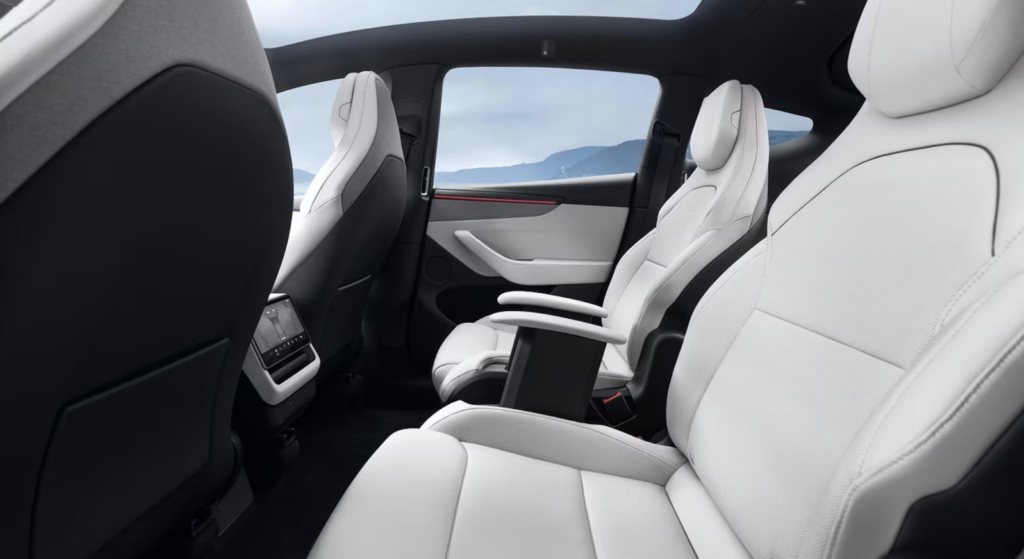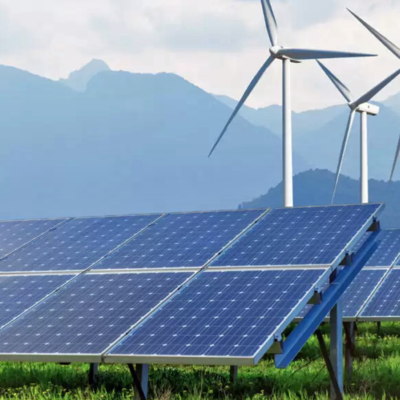Tesla six-seat Model Y has captured attention since its debut in China. However, Tesla CEO Elon Musk recently suggested that this long-wheelbase version of the Model Y may not be launched in the U.S. anytime soon. This decision has implications for Tesla’s strategy in America, the future of family EVs, and the broader adoption of autonomous driving technology.
In this article, we will explore the Model Y L, Musk’s reasoning, market dynamics, consumer reactions, and what this could mean for Tesla’s future.
What Is the Model Y L?
The Model Y L is a long-wheelbase version of Tesla’s popular Model Y SUV. Unlike the standard five-seat version, it features six seats arranged across three rows. The second row consists of two captain’s chairs, while the third row adds an extra two seats, providing extra space and comfort for larger families.
Currently, the Model Y L is being produced at Tesla’s Gigafactory in Shanghai. Its primary market is China, where spacious family vehicles remain highly desirable. The six-seat configuration appeals to families who need more room but still want a compact SUV experience. Pricing for the Model Y L in China starts at approximately $47,200, making it competitive against other mid-size electric SUVs.
Elon Musk’s Comments on U.S. Production
Elon Musk recently spoke about the potential U.S. launch of the Model Y L. He indicated that even if production begins in the U.S., it would not happen before the end of 2026. Furthermore, Musk hinted that the six-seat version might never come to the U.S. at all.
The reasoning behind this decision is connected to Tesla’s focus on autonomous driving technology. Musk believes that as self-driving vehicles become more capable, the demand for larger family-oriented models like the Model Y L could decrease. Instead, Tesla is looking toward a future in which autonomous ride-hailing services, including its planned robotaxi network, provide transportation solutions without the need for personal ownership of larger SUVs.
Tesla’s Shift Toward Autonomous Vehicles
Tesla has invested heavily in developing full self-driving capabilities. Musk envisions a future where autonomous vehicles reduce the need for larger family cars, especially in markets like the U.S. where technology adoption is high.
The company’s autonomous vision includes ride-hailing services, which could replace the need for many traditional cars. In this scenario, fewer families may feel the need to purchase a six-seat vehicle, as they could rely on Tesla’s autonomous fleet for their daily transportation.
Market Differences Between China and the U.S.
Tesla’s decision to prioritize the Chinese market for the Model Y L is also influenced by different consumer preferences. In China, there is strong demand for electric SUVs with spacious interiors, and Tesla faces competition from domestic manufacturers like BYD.

The Model Y L’s larger interior and six-seat layout cater directly to Chinese consumers, who often value comfort and space for family transport. Launching the Model Y L in China first allows Tesla to test the market and optimize production for local demand.
In the U.S., the situation is different. While there is interest in electric SUVs, there is also increasing attention on autonomous vehicles and future mobility solutions. Tesla’s focus on self-driving technology may mean that larger family vehicles like the Model Y L are not a priority for the American market.
Consumer Reactions and Industry Implications
The news about the Model Y L’s uncertain U.S. launch has drawn mixed reactions. Some Tesla fans and potential buyers have expressed disappointment, noting that the six-seat option would be ideal for American families seeking an electric SUV with more room.
Others understand Musk’s long-term strategy and see the decision as a move toward innovation in autonomous transportation. By focusing on self-driving technology, Tesla positions itself as a leader in the future of mobility rather than solely in vehicle sales.
From an industry perspective, this approach could give Tesla an advantage in emerging markets for autonomous vehicles, including robotaxis and ride-hailing services. However, it also means missing out on the immediate demand for larger electric SUVs in the U.S., a segment that continues to grow steadily.
Potential Impact on Tesla’s Market Strategy
If Tesla does not launch the six-seat Model Y in the U.S., the company will likely continue prioritizing technology-driven solutions over expanding its SUV lineup. Tesla’s core focus will be on refining autonomous driving, increasing the adoption of ride-hailing services, and offering vehicles that align with this vision.
While the Model Y L serves a clear market need in China, the U.S. market may be better served by Tesla’s technology-driven approach. This shift could redefine Tesla’s role in American transportation and shape the future of how people think about vehicle ownership.
Conclusion
The Tesla six-seat Model Y may never reach the U.S., according to Elon Musk. While the vehicle caters to families needing more space, Tesla’s long-term vision emphasizes autonomous driving and innovative mobility solutions.
The decision highlights the company’s strategy to prioritize technology and autonomous services over expanding the traditional SUV lineup in the U.S. market. Tesla’s focus on self-driving technology, robotaxis, and ride-hailing networks could transform the way Americans use cars in the future.
As the automotive industry evolves, Tesla’s choices will continue to influence global trends in electric vehicles and autonomous transportation. While some consumers may miss the six-seat Model Y, the company’s innovation-driven approach could reshape personal mobility for decades to come.
Do Follow USA Glory On Instagram
Read Next – Hertz to Sell Used Cars on Amazon Autos






